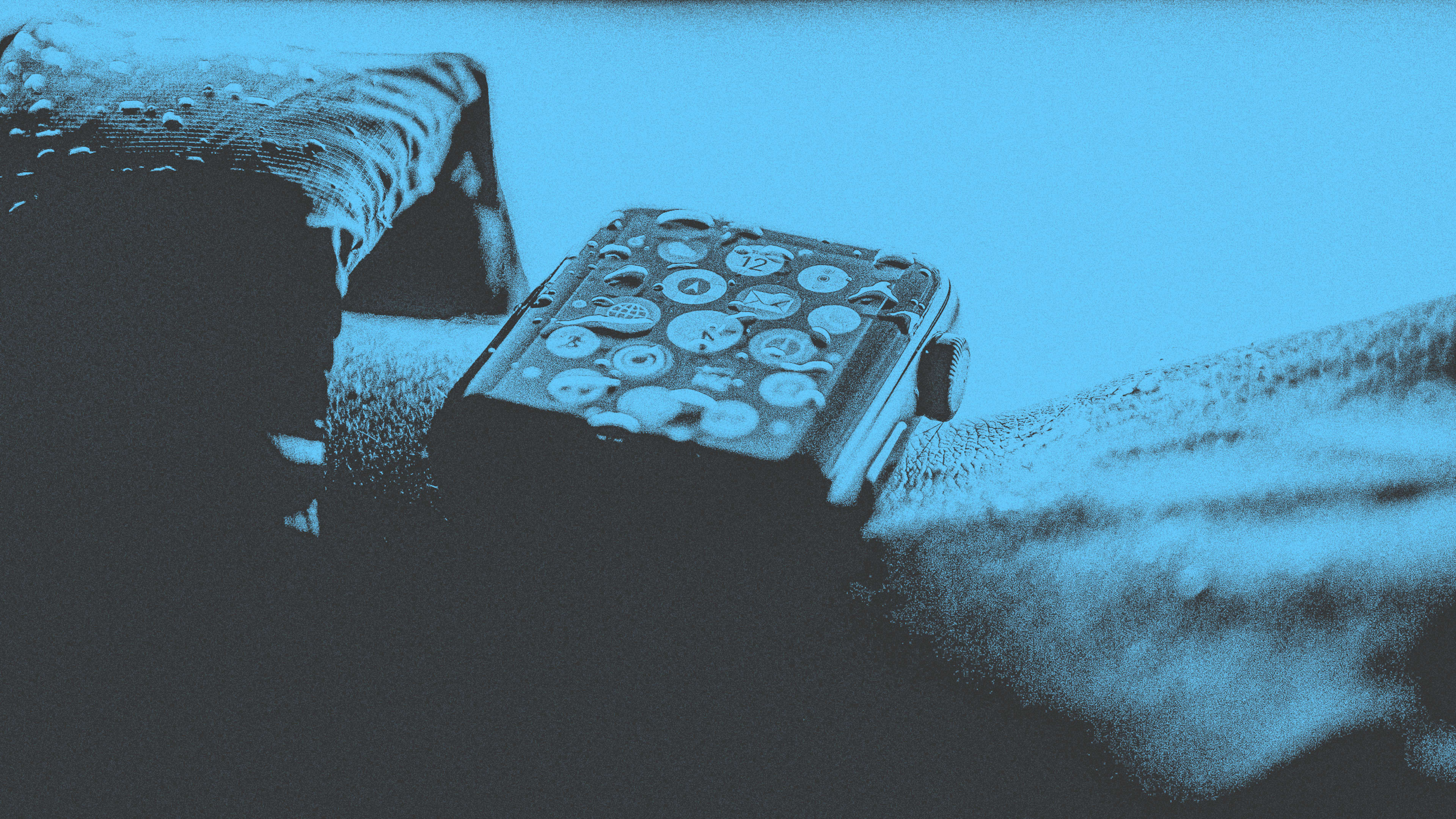I love my Apple Watch. Admittedly, I’m a pretty light user: I use it to track my steps, set timers while I cook, control my music playback, and pay for things. To be honest, I simply can’t imagine going back to a physical card or even my iPhone for that last one—Apple Watch is my default payment device whenever I’m out and about.
But there’s a thin line between love and hate—and for me, it gets crossed whenever the humidity rises to a point where the sky can’t contain it anymore. That’s when the Apple Watch goes from being one of the most useful devices Apple has ever made to being one of the most frustrating pieces of technology I have ever owned.
It’s not that the rain harms the Apple Watch in any way. I feel no need to protect it. Indeed, the Apple Watch SE and Series 9 are water-resistant up to 164 feet (50 meters), and the Ultra is water-resistant up to 328 feet (100 meters). I shower with mine on all the time.
The problem is that when it rains, my Apple Watch takes on a mind of its own. And it’s the mind of a little mischievous gremlin. Once I was out, and I received a text from a friend. She wanted to know if I was drunk. It was 2 p.m. on a Tuesday, and I was on the way to a doctor’s appointment, so, no, I wasn’t drunk. But I was wet, or at least the cuff of my jacket was, because a light shower had been falling when I left my house.
Scrolling up through the message thread, I quickly understood why my friend thought I was inebriated. She had received numerous text messages from me that I’d never sent. Some were pure autocomplete gibberish, and others were simply emoji after emoji, with even a few dreaded Memoji thrown in. But I did not send any of these. My Apple Watch did.
The issue is the Apple Watch’s capacitive touch screen. Like any capacitive touch screen, it reacts when an electrical charge comes in contact with it, like the kind of electrical charge the skin on your fingertip gives off. But when a piece of clothing is damp—such as the cuff of a coat that was in the rain—it, too, transfers an electrical charge to the touch screen. In my case, my damp cuff kept brushing against my Apple Watch’s screen, and it managed to activate the Messages app, select an existing thread (the one with my friend), and bring up the tiny onscreen keyboard.
And this stream of phantom texting isn’t the only annoying thing my Apple Watch has done when it rains. Once, it set no fewer than a dozen alarms, each randomly going off at different times. Another time, it started a workout, a timer, and added a new item to my to-do list. And of course, when it rains, and the Now Playing window is on the screen, my Apple Watch has a field day playing DJ, skipping past songs I want to listen to.
The Apple Watch does have a Water Lock feature, but as Apple points out, it should be used “to avoid unintended taps on the display when you wear your Apple Watch in water,” such as when you are swimming. It’s not meant to be used when it’s raining because it blocks your ability to engage with the Apple Watch’s display.
What I’ve now started doing whenever my cuffs are damp from the rain (yes, even when I use an umbrella, my cuffs always seem to get wet): I roll up the jacket sleeve on the arm wearing my Apple Watch. I hate doing this because it looks like I’m trying to start some goofy fashion trend. But what else is there to do?
Well, Apple may be able to address this issue, with machine learning—yes, AI. The software in this year’s upcoming watchOS 10 could be better trained to detect the origin of that electrical charge that is pressing on the display. Is it from the finger with the same surface area that usually presses on the screen? Or does the electrical charge cover a wider area, like something damp grazed the screen? If it’s the latter, the Apple Watch could learn to ignore the input. In fact, Chinese Apple competitor, OnePlus, has developed an advanced algorithm that powers a feature on some of its phones called “Rain Water Touch,” which makes them smart enough to know which taps should and shouldn’t be ignored when the phone’s display is wet.
With the 10th anniversary of the Apple Watch coming up this year, I hope the company finally addresses this decade-long annoyance and gives the Apple Watch something it’s always been missing: my continual love for it, even when it rains.
Recognize your brand’s excellence by applying to this year’s Brands That Matter Awards before the early-rate deadline, May 3.
